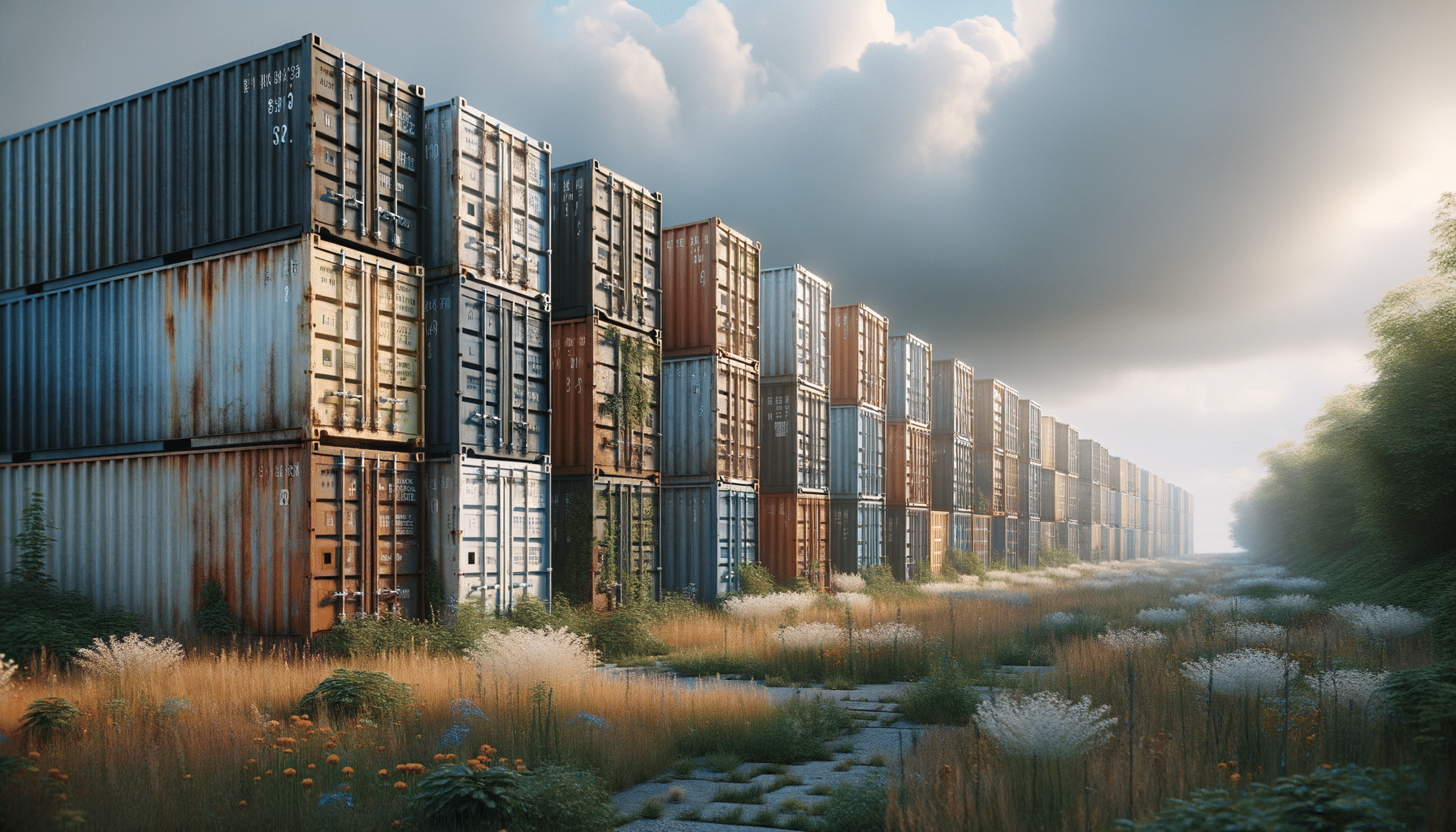
Navigating the World of Unsold Container Homes: A Comprehensive Guide
Introduction to Unsold Container Homes
In recent years, the concept of container homes has gained significant traction as a sustainable and cost-effective housing solution. These homes, crafted from repurposed shipping containers, offer a unique blend of modernity and eco-friendliness. However, a lesser-known aspect of this trend is the presence of unsold container homes. Understanding why these homes remain unsold can provide valuable insights for potential buyers and investors alike.
Unsold container homes often reflect broader market trends and consumer preferences. They might be the result of overproduction, location-specific challenges, or simply mismatches between design and buyer expectations. Exploring these unsold units offers a window into the evolving dynamics of the real estate market, particularly in the realm of alternative housing solutions.
Reasons Behind Unsold Container Homes
Several factors contribute to the phenomenon of unsold container homes. One primary reason is the mismatch between the design of these homes and the preferences of potential buyers. While some buyers are drawn to the minimalist and industrial aesthetic of container homes, others may find them too unconventional or lacking in traditional comforts.
Additionally, location plays a critical role. Container homes situated in less desirable areas or regions with stringent building codes may face challenges in attracting buyers. Furthermore, the market saturation in some areas can lead to a surplus of these homes, resulting in unsold inventory.
Another factor is the level of customization available. Buyers often seek homes that reflect their personal tastes and lifestyles. If a container home lacks the flexibility for customization or is too standardized, it may struggle to find a buyer. This highlights the importance of adaptability and personalization in the design and marketing of container homes.
Financial Implications and Opportunities
The presence of unsold container homes presents both challenges and opportunities from a financial perspective. For sellers, these unsold units represent tied-up capital and potential losses. However, for buyers, they can signify opportunities to acquire property at a reduced cost.
Investors might find unsold container homes appealing due to the potential for renovation and resale. By investing in these homes, making strategic upgrades, and repositioning them in the market, investors can potentially realize significant returns. Additionally, these homes can be repurposed for rental or commercial use, offering diverse income streams.
It’s essential for potential buyers and investors to conduct thorough market research and financial analysis before purchasing unsold container homes. Understanding the market dynamics, potential demand, and cost of renovations can help in making informed decisions.
Sustainability and Environmental Impact
Container homes are often lauded for their sustainability, as they repurpose used shipping containers and reduce the need for traditional building materials. Unsold container homes, however, pose an interesting dilemma in terms of environmental impact.
On one hand, these unsold units can contribute to waste if left unused or poorly maintained. On the other hand, they offer a unique opportunity to promote sustainable living by encouraging adaptive reuse. Communities and developers can collaborate to find innovative ways to incorporate these homes into housing solutions, thereby reducing waste and promoting ecological benefits.
Moreover, unsold container homes can be transformed into community centers, emergency shelters, or educational spaces, further enhancing their environmental and social impact. This approach not only addresses the issue of unsold inventory but also aligns with broader sustainability goals.
The Future of Unsold Container Homes
Looking ahead, the future of unsold container homes will likely be shaped by evolving consumer preferences, technological advancements, and policy changes. As the demand for sustainable and affordable housing continues to grow, container homes may see a resurgence in popularity.
Technological innovations, such as improved insulation techniques and smart home integrations, can enhance the appeal of container homes, making them more attractive to a broader audience. Additionally, supportive policies and incentives from governments can help address zoning and regulatory challenges, facilitating the integration of container homes into mainstream housing markets.
Ultimately, the future of unsold container homes will depend on the ability of developers, policymakers, and communities to adapt and innovate. By embracing flexibility and sustainability, the container home market can overcome current challenges and unlock new opportunities for growth and development.


